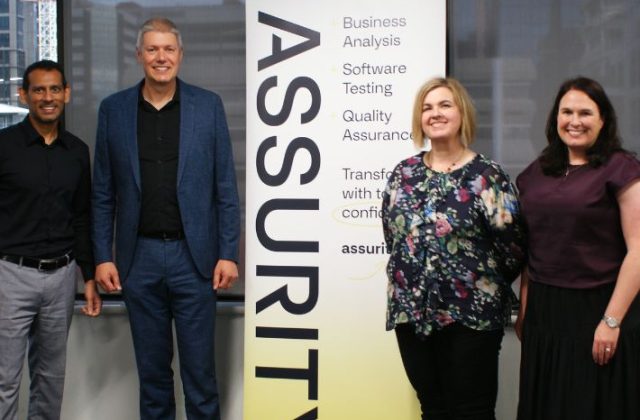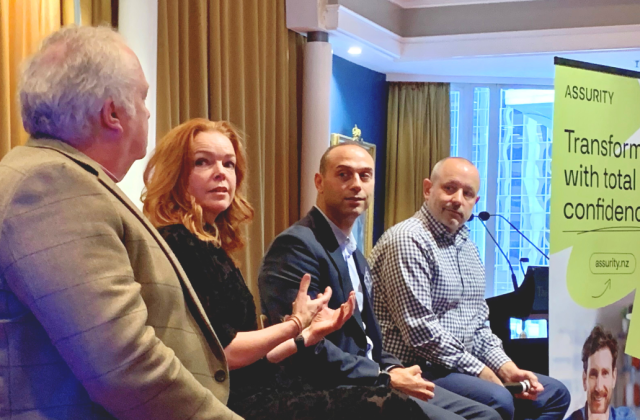Date: 06 November 2019
‘Frozen’ – the label we give to something that doesn’t do what we want. Like the application that won’t load or the manager who won’t change. Yet, often, what we think is frozen is anything but.
The computer is often processing commands at an alarming rate but stuck in an endless loop resolving conflicting conditions. It’s normally doing what it thinks is right, but its instructions are all messed up. So what makes us think that people are any different?
The frozen middle
Take the notion of ‘the frozen middle’. This idea that a group of leaders are actively blocking change. This assumption is too simplistic and frankly just plain lazy. We need to spend time considering the why. What are you seeing and why is it happening? Try to empathise. Consider that everyone – even middle management – simply wants to add value and to do a good job. And your frame of reference can shift.
What remains is one glaring gap – ‘alignment’. ‘Alignment of purpose’, ‘alignment of skill’, and ‘alignment of motivation’. When people are aligned, their innate desire to do good will ensure that their efforts are working for the change, rather than against it. This includes ‘the frozen middle. You don’t need to ‘break’ them. You simply need to align them and you’ll find them working with you.
Alignment of purpose
Purpose is the most critical. Without it, your desire for transformation will be the thing that’s at odds. Historical structures have often positioned multiple teams with potentially competing purposes (revenue vs growth, acquisition vs retention etc.). In fact, some organisations actually encourage this idea of ‘competitive tension’ between departments and teams in an effort to strike some sort of balance.
Many managers have therefore been conditioned to see someone else’s purpose as potentially at odds with their own. A transformation is nothing new, it’s just another competing purpose. We therefore need to reset purpose across the organisation and our execs need to present unified messaging that we want aligned, not competing purpose.
Alignment of skills
Skill is often lacking. We train and coach teams in skills like Agile, Lean, Design Thinking and technical skills to be self-organising. Yet we often fail to train leaders. Their roles have changed significantly, but many organisations fail to show leaders how to lead – how to create passion within their teams, how to champion their cause and how to be a coach rather than a dictator when things get hard. Leadership is a skill that draws on an inherent ability to provide clarity and energy to those around us. We need to support our leaders to change.
Alignment of motivation
Motivation is commonly misaligned. Leaders will struggle to empower teams if they are personally held to the flame when things go wrong. If KPIs aren’t aligned, it’s hard to ‘buy’ into a new purpose. If archaic structures like forced moderation continue to encourage a sense of ‘outdoing your peers’, how can you possibly expect collaboration? And, finally, we need to start celebrating failures. Recognising the behaviours rather than just the results will ensure you are encouraging a growth mindset and not simply rewarding the tried and true.
My first experience as a leader of an Agile team was an abject failure. I learned a huge amount about myself over that time and recognised some of what I needed to do differently – which was a lot. I also identified that, as a senior leader, I was often the meat in the sandwich of a conflicted organisation.
Unfortunately, I see the same mistakes playing out time and time again. Much like myself, I’m sure these observations are imperfect, but I hope that sharing my failures helps others avoid them.












